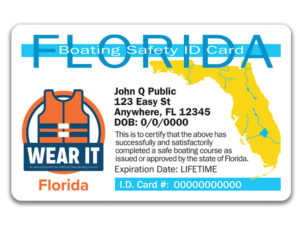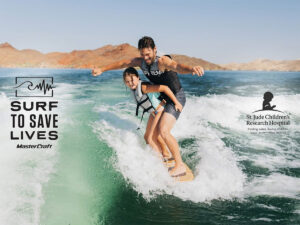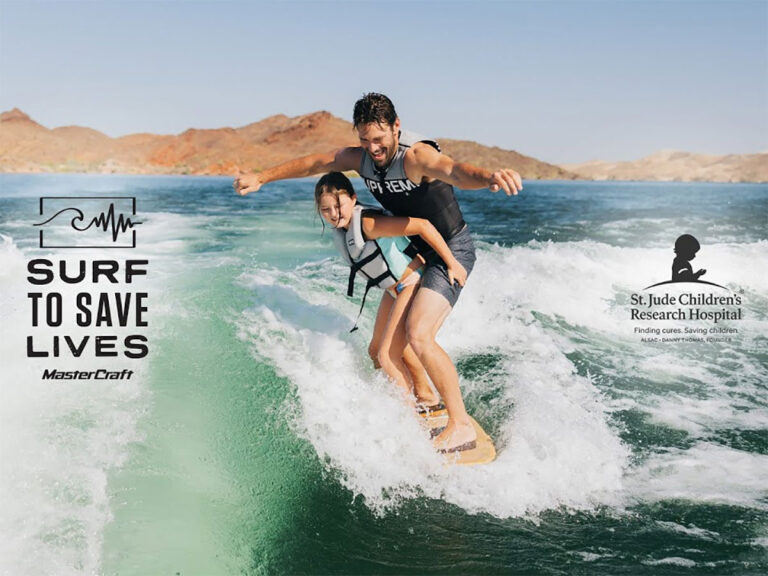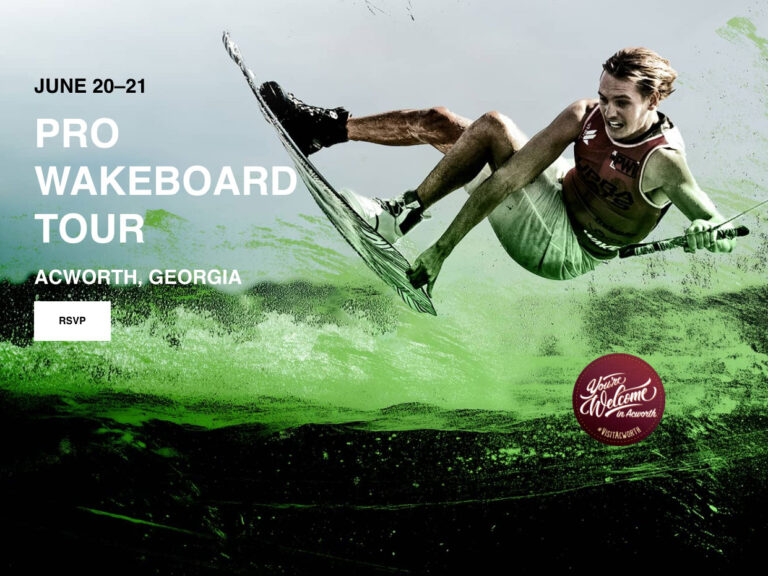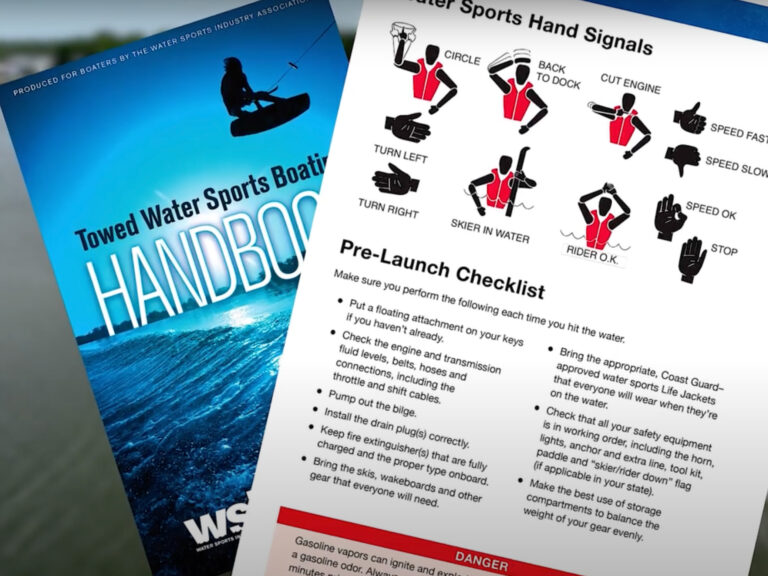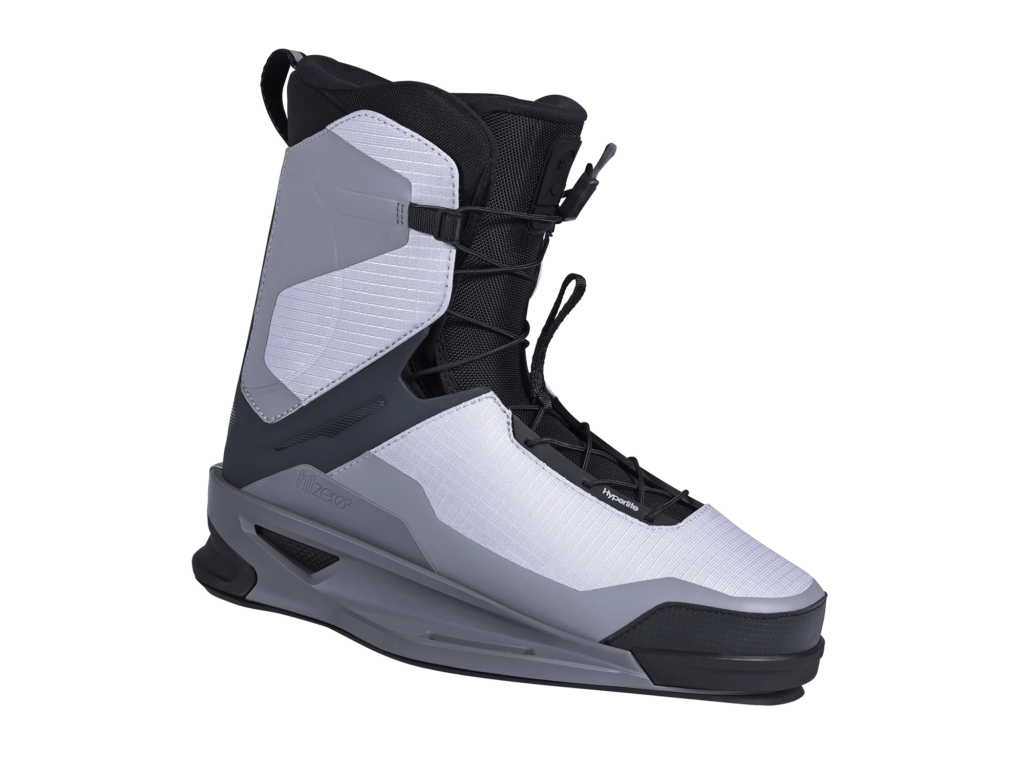
Boots… bindings…the ever-important interface between you and your board can make a big difference in how you ride. The more advanced a rider you are, the more particular you will be about these critical connections. For those still on the learning curve we present this primer, which should start you off right on your wakeboard binding, boot, or boot/ binding purchase journey.
1. Fit & Comfort
- Snug but not painful – Should hold your foot securely without pressure points.
- Try them on if possible – Everyone’s feet are different; even high-end boots might not suit your foot shape.
- Liners – Heat-moldable liners can offer a custom fit
2. Flex (Stiffness)
- Stiff boots – Offer better response and control, preferred by advanced riders.
- Soft boots – More forgiving and comfortable, ideal for beginners or park riders.
3. Closure System
- Laces with locks – Simple and adjustable.
- BOA dials – Quick and precise tightening.
- Velcro straps – Fast and easy, sometimes combined with other systems.
- Hybrid systems – Offer best of both worlds (e.g., BOA + laces).
4. Mounting Compatibility
- Check with your board – Make sure the boots fit your board’s mounting system (6” plate, M6 inserts, etc.).
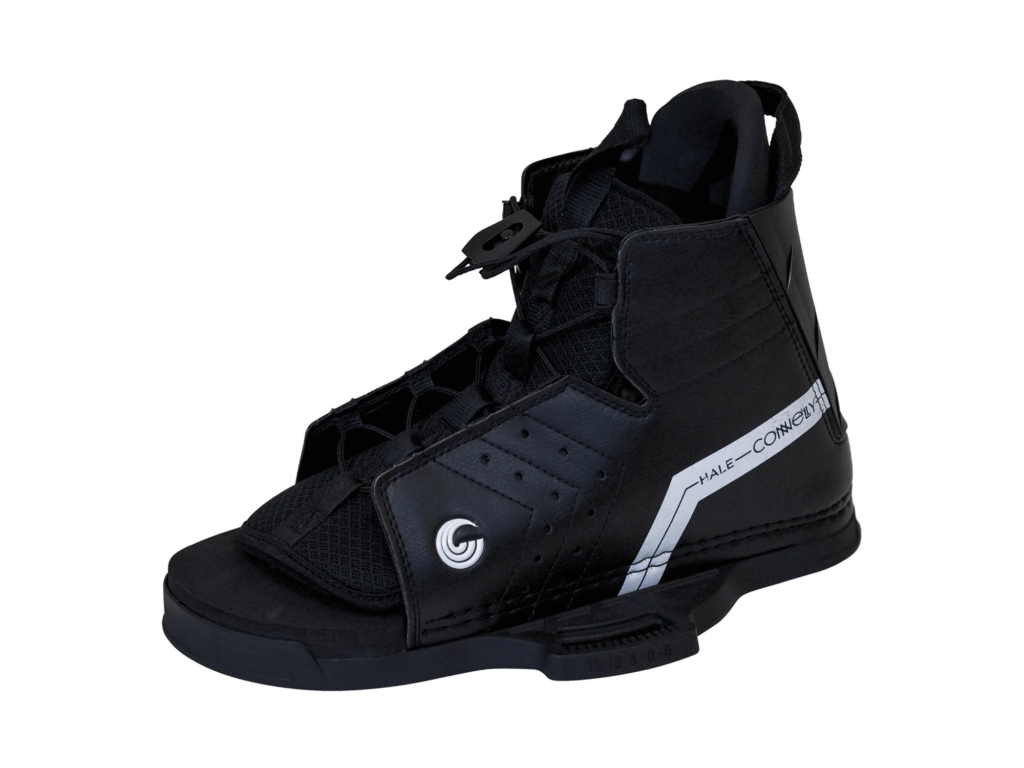
5. Style: Open Toe vs Closed Toe
- Open toe – More versatile in sizing, better for sharing, but less precise fit.
- Closed toe – Better response, warmer, more secure fit for aggressive riding.
6. Support & Cushioning
- Good ankle support – Reduces risk of injury.
- Shock pads/gel inserts – Help absorb hard landings and reduce fatigue.
7. Intended Use
- Boat riding – Stiffer boots for better response at higher speeds.
- Cable park – Softer, more flexible boots for style and mobility.
8. Budget
- High-end boots – More tech, lighter weight, better materials.
- Entry-level boots – Great for learning but might lack longevity or advanced features.

